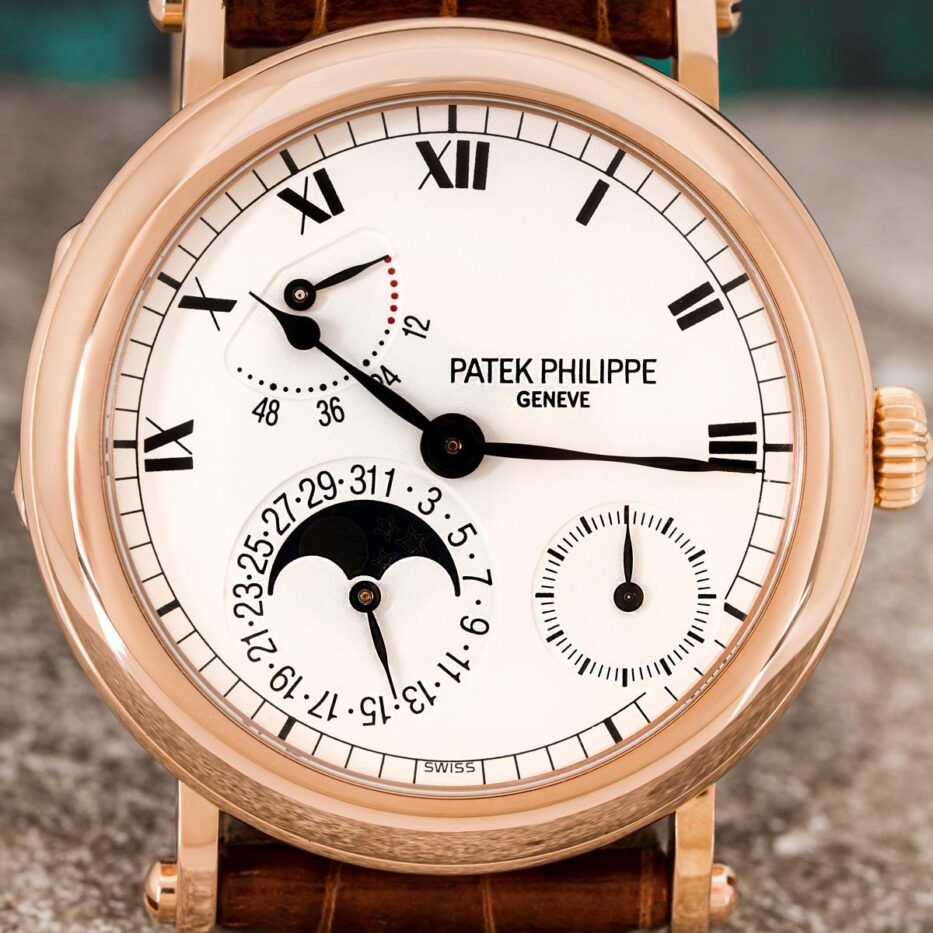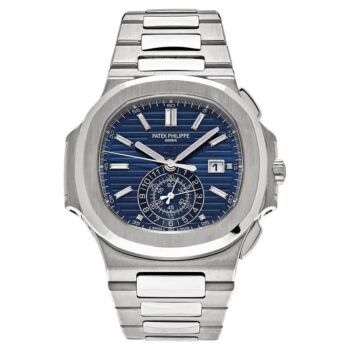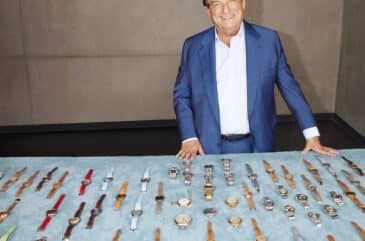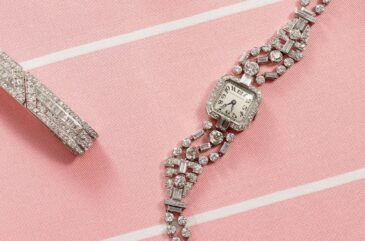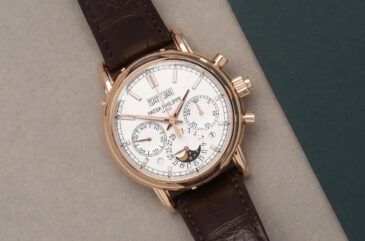It appears in elegant letters on the face of many watches: Geneva, or Genève, the name of the Swiss city known for producing some of the most impressive timepieces in the world. But its presence is far from a guarantee that your watch is reliable, high quality or even a product of Switzerland.
Although “Swiss” and “Swiss Made” have been registered as trademarks in the United States and Hong Kong by the Federation of the Swiss Watch Industry, no similar measures have been taken to stop manufacturers worldwide from associating their goods with Geneva and its centuries-old reputation for fine watchmaking.
Among luxury timepieces, however, there is a definitive certification for Geneva watches. The mark to look for is the Poinçon de Genève, referred to in English as the Hallmark of Geneva or the Geneva Seal, reserved for mechanical watches made in the city or within its canton (a region similar to a U.S. state) that adhere to superb traditional standards of craftsmanship.
Geneva’s Watchmaking Heritage
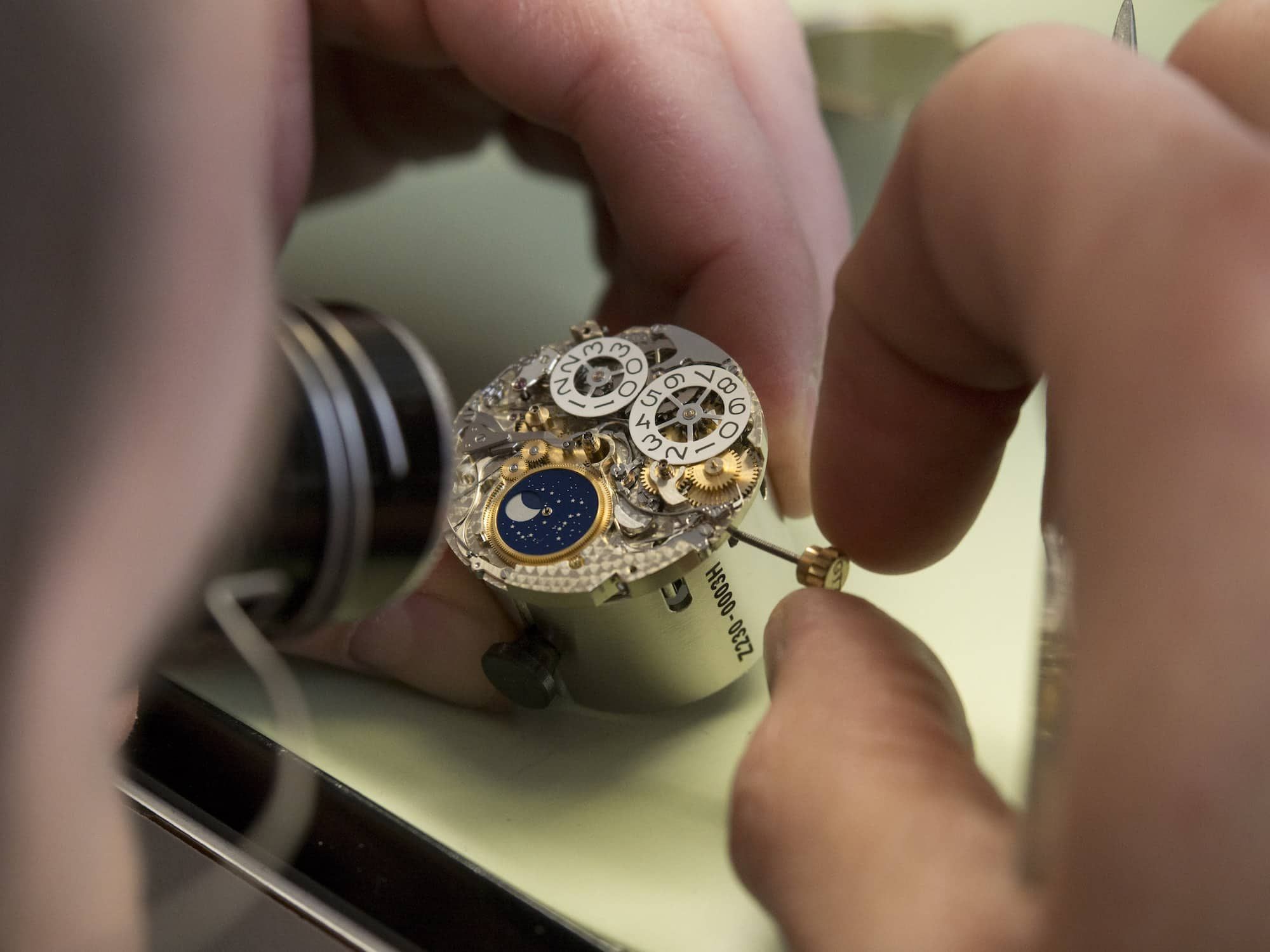
A watchmaker working on the perpetual calendar controls of a Chopard L.U.C. 03.10-L. Photo courtesy of Chopard
Surprisingly, the history of Geneva as a center of haute horlogerie — watchmaking in which the creator manufactures all the components — hinges on the Protestant Reformation.
Throughout the 16th and 17th centuries, many French Huguenots fleeing religious persecution crossed the Jura Mountains seeking refuge in Calvinist Switzerland. Among them were expert watchmakers, who brought both know-how and labor to Geneva’s burgeoning cabinets, or workshops.
When the Calvinists banned displays of wealth, including jewelry, Geneva’s goldsmiths, renowned in Europe since medieval times, turned their considerable skills to watchmaking.
By the late 17th century, the city had become a force in the industry, with roughly a fifth of its residents engaged in the trade, and its name became synonymous with quality.
What Is the Geneva Seal?
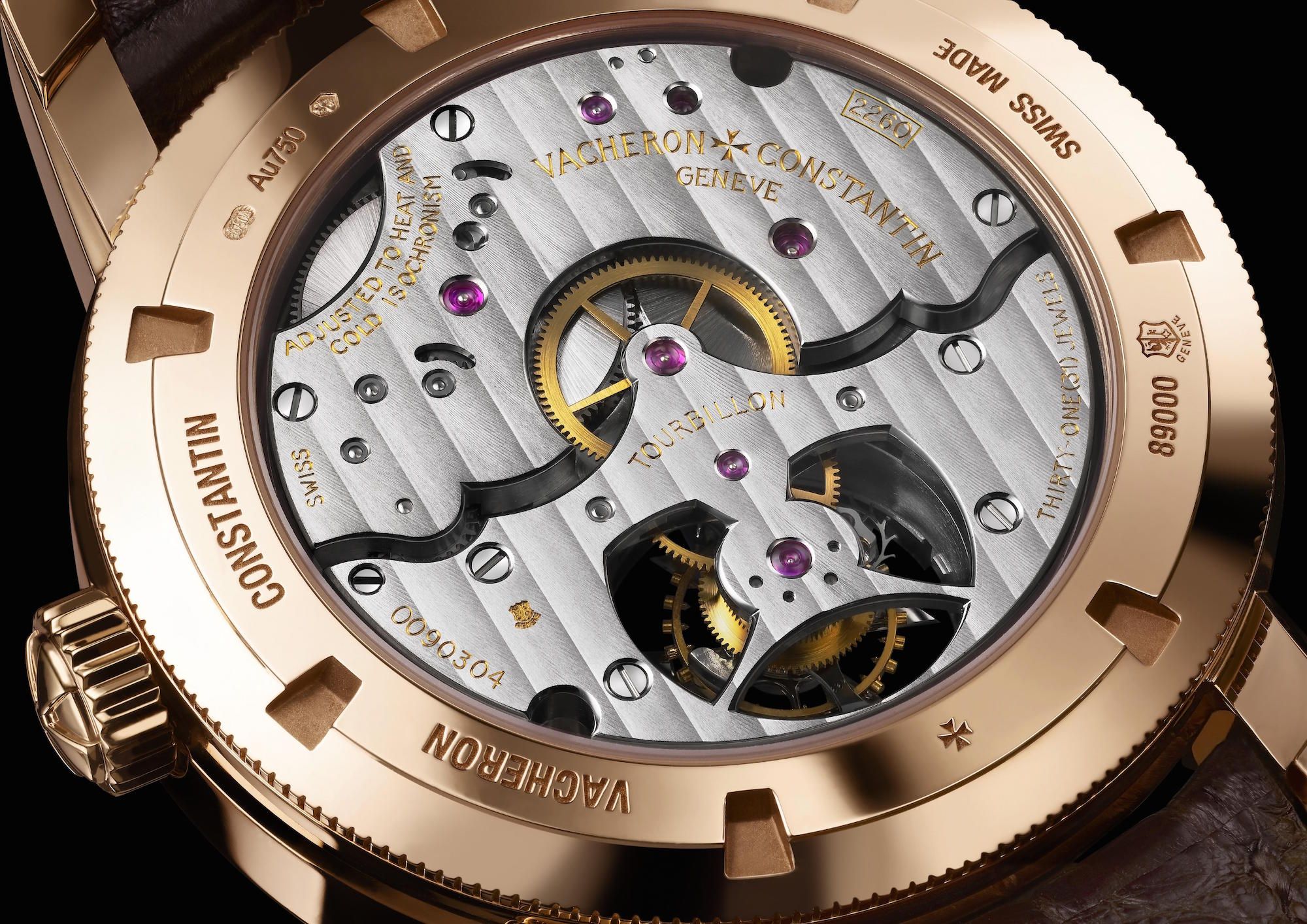
Vacheron Constantin‘s model 2260 wristwatch has 231 components. It’s finished with circular graining on the front and traditional Geneva Stripes, also called Geneva Waves or Côtes de Genève, on the back. Photo courtesy of Vacheron Constantin
In 1886, the Grand Council of the Republic and Canton of Geneva passed a law creating the seal with the aim of protecting the reputation of Geneva watches from poorly made counterfeits sold abroad. To discourage master watchmakers from leaving the city and taking their expertise with them, a main requirement was that applicants had to be Geneva residents.
Originally overseen by the École d’horlogerie de Genève, certification is now administered by the Foundation of the Geneva Laboratory of Horology and Microengineering, commonly known as Timelab, and covers three main areas.
Provenance
Naturally, the seal guarantees that your Geneva watch was made in Geneva, though not necessarily its parts. Thanks to our global economy, it’s not unusual for companies to source components from various countries.
However, four major steps in the manufacturing process must take place in Geneva: assembly, casing up, adjustment and testing. The watch must also be submitted by a business registered in Geneva.
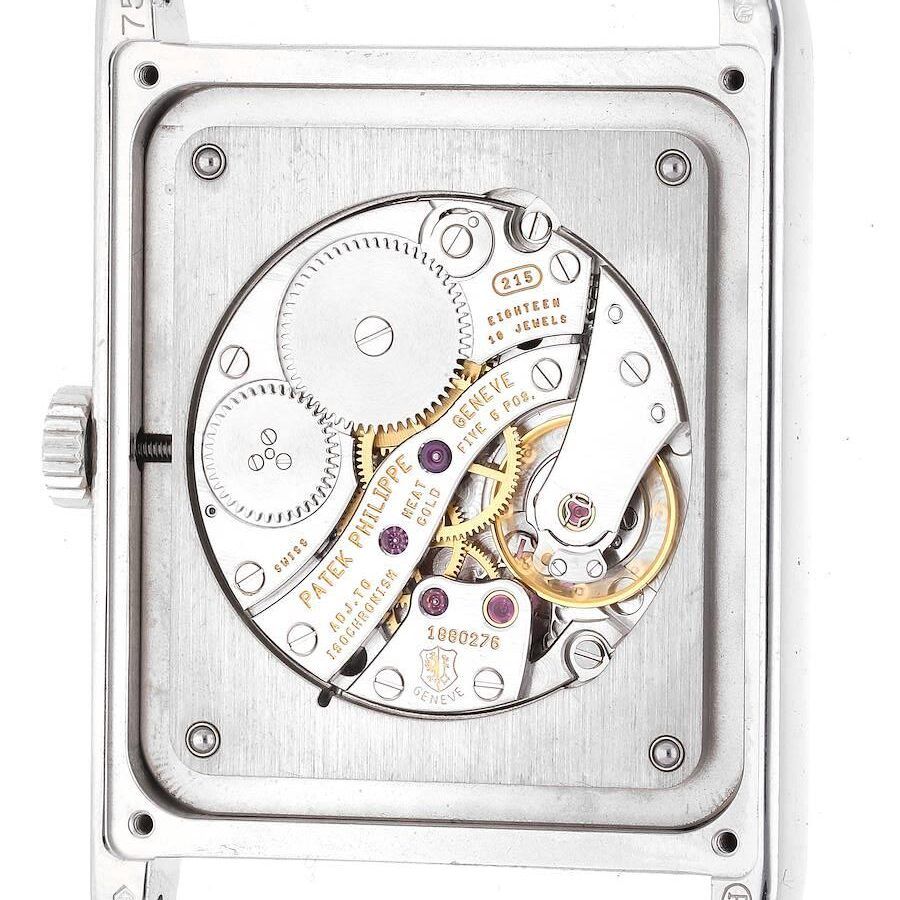
This genuine Patek Philippe Gondolo watch, from the 2000s, bears the Geneva Seal inside.
Craftsmanship
The seal has always been, first and foremost, a promise of excellent craftsmanship. All parts of the watch’s movement are reviewed to make sure they’re finely wrought and free of defects, right down to the tiniest screws.
Components must be finished to eliminate machining marks, polished and decorated according to specifications. The regulations also prescribe the ideal material, size, shape and operation of individual parts.
This not only enhances the watch’s overall aesthetics but ensures that pieces fit together and run smoothly.
Reliability
A further set of rules was added in 2011 to address exterior parts so that the seal would cover the finished watch as a whole. Timepieces are now tested for accuracy, proper function, water resistance and power reserve.
Geneva Seal Certification
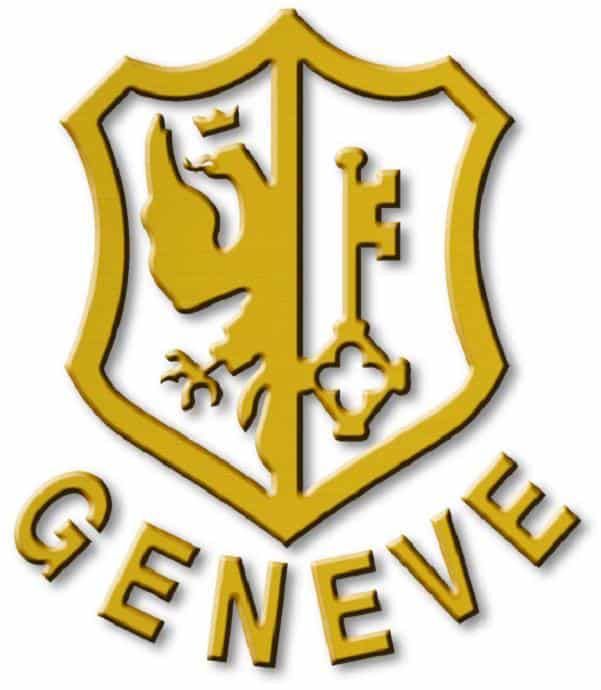
Photo courtesy of Vacheron Constantin
Each Geneva Seal watch comes with a Certificate of Origin and Conformity, and its movement is marked with the seal, which resembles the Genevan coat of arms.
Modern certificates list an identification code, which can be entered on the Geneva Seal website to verify the watch’s authenticity. Some modern certificates also include a QR code that can be scanned with a smartphone to confirm authenticity.
Brands with the Geneva Seal
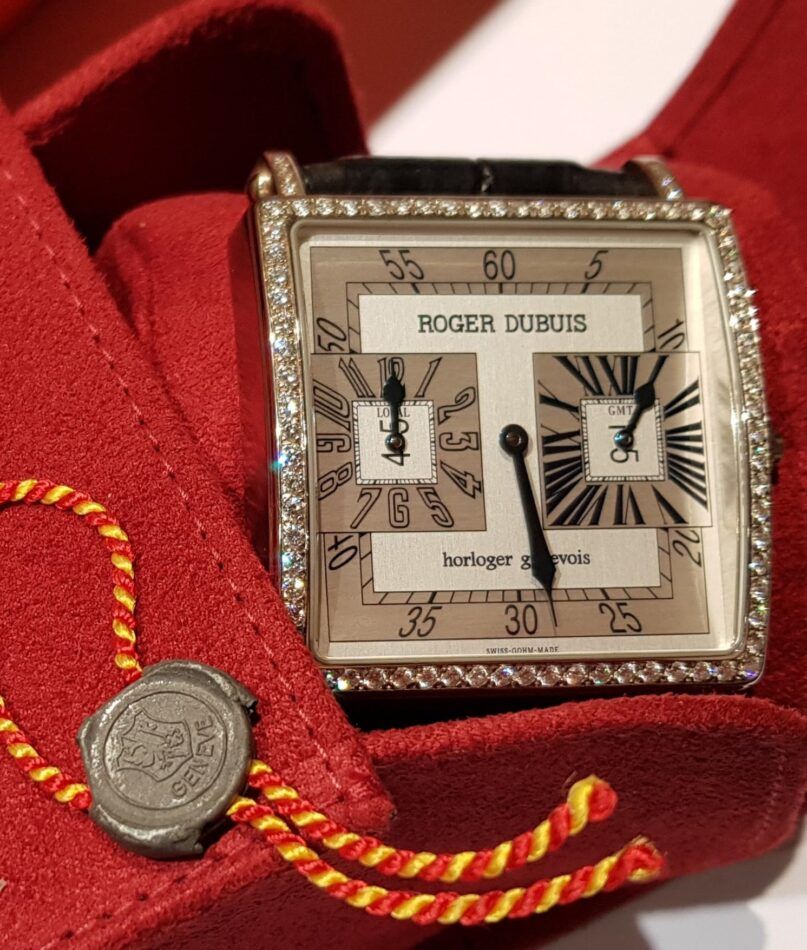
This authentic 2010 Roger Dubuis watch showcases immaculate craftsmanship and detail. Roger Dubuis is one of the select few brands that carry the Poinçon de Genève.
In short, the seal graces only the best watches. A limited number of the industry’s most revered houses, including Vacheron Constantin, Roger Dubuis, Chopard and Cartier, have facilities in Geneva and consistently submit watches for certification.
Not all Geneva-based companies, however, choose to apply for the seal, and even among brands like the ones listed above, not all references are submitted. Although 20 million Swiss watches are manufactured every year, just 24,000 carry the seal, according to Roger Dubuis.
Even though its contemporary designs don’t carry the official seal, one luxury watchmaker can’t help but include the word Genève on all of its watch dials — it’s part of the brand’s name. Universal Genève, originally dubbed Universal Watch, was founded in 1894 in Neuchâtel, Switzerland, producing watchworks components and complex timepieces.
The company created its first wrist chronograph in 1917 and later moved its watchmaking operations to Geneva, where, in the 1930s, it rebranded as Universal Genève.
In 1954 a young Gérald Genta, the esteemed Swiss watchmaker who would go on to devise Audemars Piguet’s Royal Oak, created a celebrated Universal Genève design called the Polerouter. The brand was owned at one time by Bulova and over the years collaborated on exclusive timepieces with Hermès, Tiffany & Co. and Movado.
Patek Philippe’s Own Hallmark
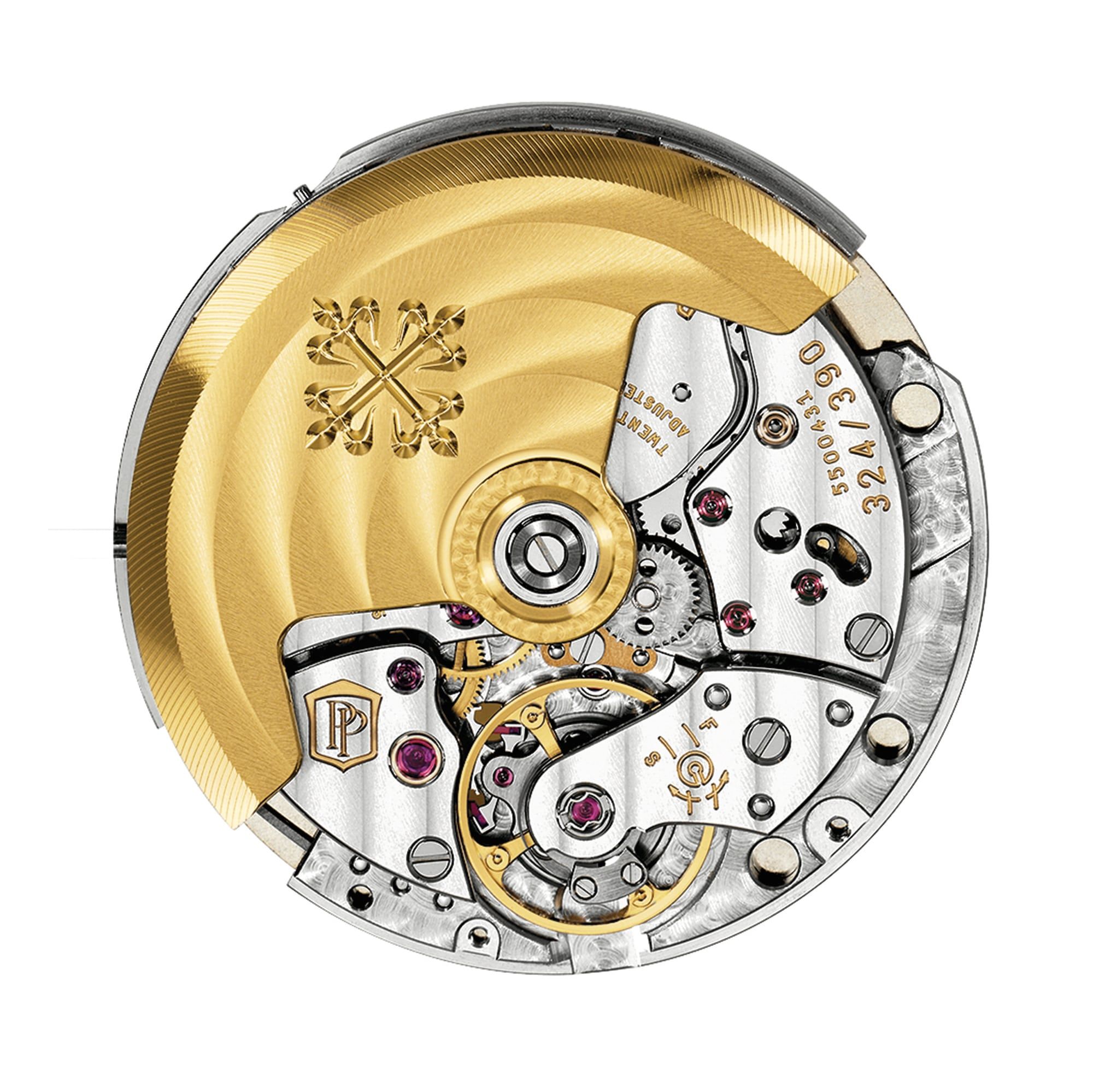
Patek Philippe’s Caliber 324 S C is marked with the double P of the Patek Philippe Seal. Photo courtesy of Patek Philippe
Some makers insist that their watches far exceed Geneva Seal benchmarks. A notable example is Patek Philippe. Although one of the first brands, alongside Vacheron Constantin, to embrace the Geneva Seal, the company became concerned that this certification pertained mainly to the movement and didn’t go far enough in setting performance standards for the finished watch.
Accordingly, in 2009, it created the Patek Philippe Seal, with its own, more stringent specifications. Keep this in mind when you shop for a Patek Philippe watch.
Still, it’s unlikely that after more than 130 years, the Geneva Seal will lose its place as a mark of authenticity and prestige. It continues to be an important independent assessment of quality, and it’s been periodically updated as technology advances.
Its prestige, however, doesn’t protect it from counterfeiters, who attempt to lull buyers into a false sense of security by stamping their fakes with imitations of the seal.
How to Identify a Fake Geneva Seal Watch
Many fake watches are well made, often distinguishable from the real thing only by a combination of small flaws. The following guide takes you through key parts of an authentic watch with the Geneva Seal to help you spot a sham.
Watch Movement
Genuine Geneva watches are known for the exceptional quality of their movements. This is one of the most critical aspects to consider when evaluating a potential purchase for authenticity. So, inspect your watch’s works carefully for craftsmanship and precision.
- Swiss lever escapement: This highly refined mechanism controls the release of energy to the balance wheel, ensuring accurate time.
- High-quality materials: Authentic Geneva watches are crafted from the finest materials, such as high-grade stainless steel, gold, platinum and other precious metals. This contributes not only to the timepiece’s longevity but also to its accuracy and gives it a substantial feel on your wrist. Fake watches often use inferior materials that reduce durability and timekeeping precision.
- Exceptional craftsmanship: Swiss watches are renowned for their superior build. Inspect the movement for beveled edges, polished screw heads and Geneva stripes. Any sloppy workmanship or inconsistencies are strong signs of a fake.
- Smooth operation: The movement should be fluid and silent. The second hand should glide without any visible or audible ticking.
- Authenticity marks: Genuine Geneva watches often bear the Geneva Seal and/or the brand’s hallmark. These marks should be clearly legible, deeply engraved and consistent with the watch brand’s emblem. Fake watches may lack some of the required insignia or have poorly executed versions.
Poinçon de Genève
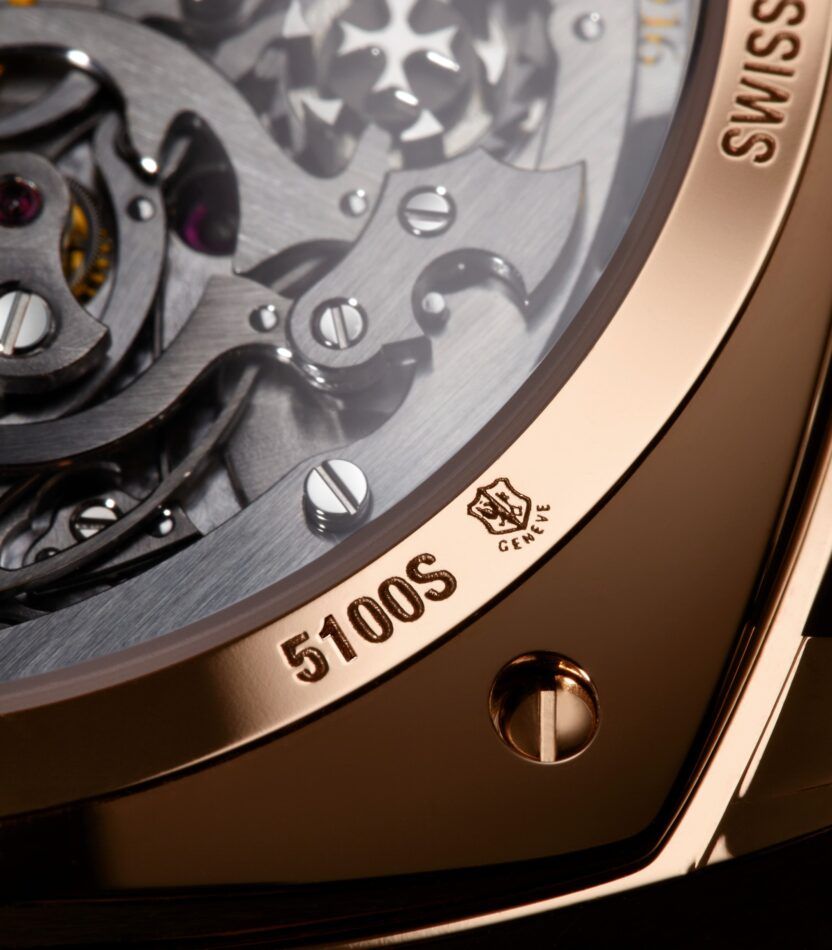
The Geneva Seal, featuring the city’s coat of arms, can be found on a watch’s movement. Photo by Vacheron Constantin
Understanding the elements of the Geneva Seal and how it should appear on a genuine watch is essential. The seal is independently verified by the Swiss Office for the Voluntary Inspection of Watches, providing an added layer of assurance that a watch meets the strict standards of Geneva watchmaking.
- Placement: The seal is stamped on the movement of the watch. The wrong placement indicates a fake watch.
- Geneva Stripes: Genuine watches often feature the Côtes de Genève, or Geneva stripes — grooves on the movement plates. Their presence does not in itself guarantee authenticity. Rather they are one of many features to look for on a watch you’re considering.
Components
Poorly crafted parts are a telltale sign of a fake. Use a loupe or magnifying glass to examine each component’s material, craftsmanship and distinctive details.
- Strap or bracelet: If the strap is made of leather, it should be smooth and supple, with even stitch spacing. Metal bracelets should be constructed with precision using clasps that open and close smoothly. Fake watches often come with the clang of cheap metal.
- Case and dial: Check the finish on the case and dial. All parts should be meticulously polished, even and aligned, with clear markings and the watchmaker’s authentic logo and lettering. Most watches have sapphire crystals — the glass covering their dials — which are scratch-resistant and highly durable. If you see a scraped crystal, you might be looking at a fake.
- Serial and reference numbers: Geneva watches come with certificates of origin and conformity. They also have serial and reference numbers indicating, respectively, the particular watch’s date of production and model. These can be researched to determine if the information conveyed by the number matches the watch it’s engraved on.
Recognizing a Fake Geneva Watch
To own an authentic Geneva Watch is to possess a piece of horological artistry and fine craftsmanship. Diligently verify serial and reference numbers, scrutinize the watch’s movement, components, materials and engravings, and remember to check for the presence of the Geneva Seal.
The rich heritage of Geneva watchmaking, with its deep-rooted traditions, is manifested in the unrivaled quality of the timepieces produced. The watch you choose will be one to cherish for years and decades to come. The vetted sellers at 1stDibs are trusted experts who can help you find an authentic Geneva watch.
